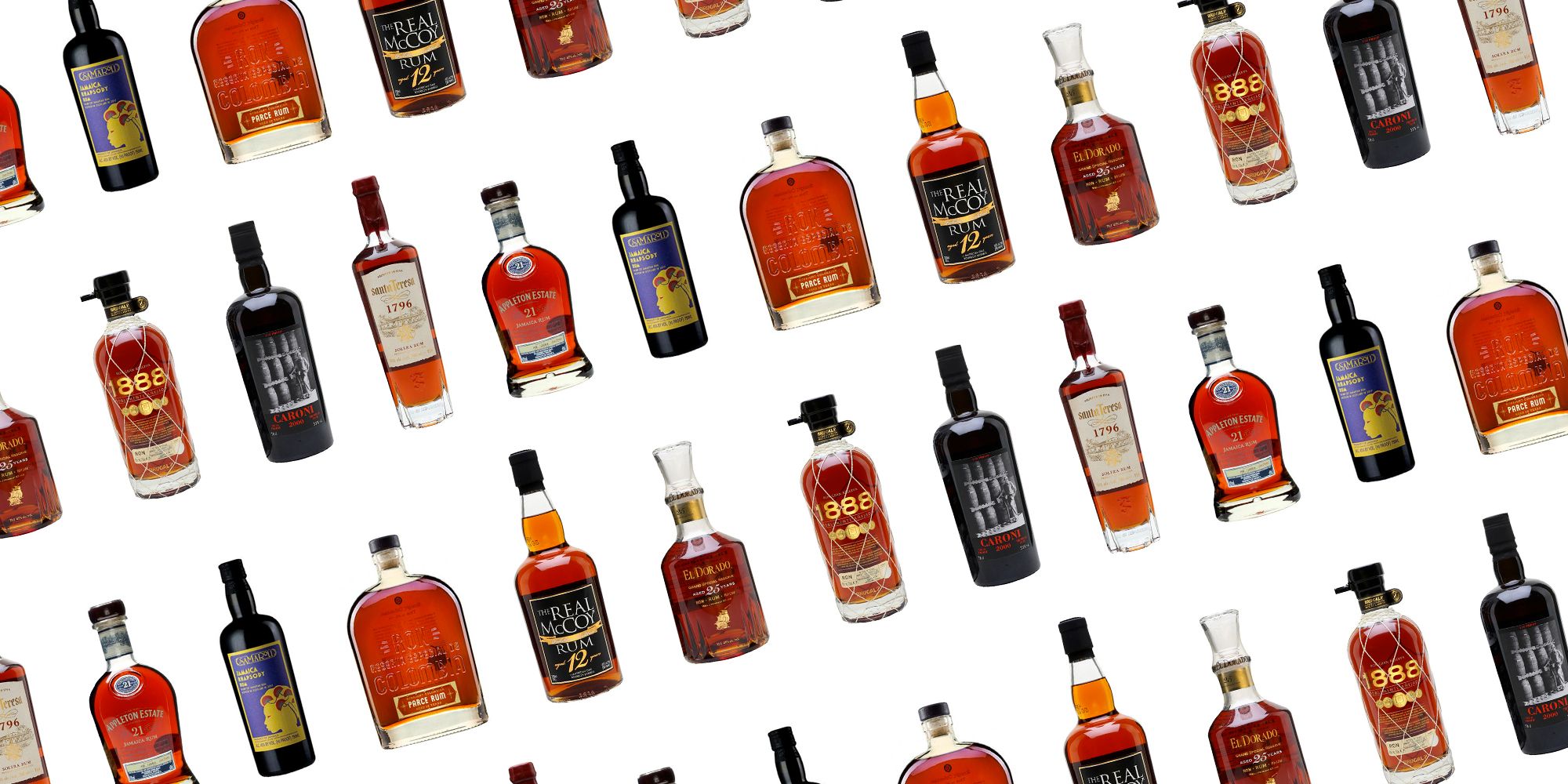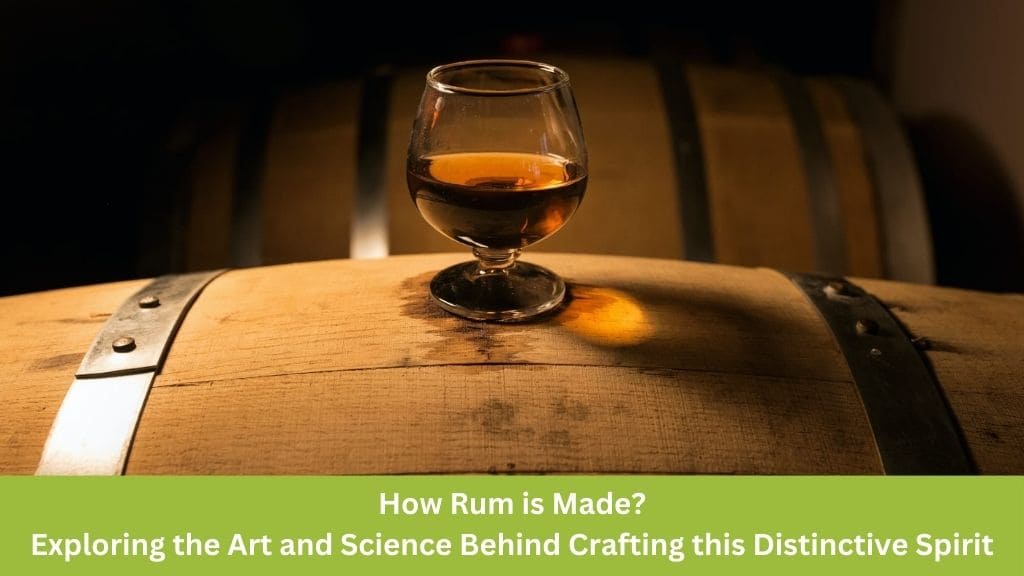Rum, with its rich history and diverse flavors, is a beloved spirit enjoyed by people around the world. From the sugar cane fields to the distillation process, every step in rum production contributes to its unique characteristics. In this comprehensive guide, we’ll delve into the fascinating journey of how rum is made, uncovering the intricate techniques and traditions behind this iconic beverage.
Introduction to Rum

Before we dive into the production process, let’s take a moment to understand what rum is and its cultural significance. Rum is a distilled alcoholic beverage made from sugarcane byproducts such as molasses or fresh sugarcane juice. It boasts a wide range of flavors, from light and floral to dark and robust, making it a versatile spirit for cocktails and sipping neat.
Origins of Rum
Rum has a long and storied history, with its roots tracing back to the Caribbean islands during the 17th century. It was initially produced by Caribbean sugarcane plantation slaves who discovered that molasses, a byproduct of sugar production, could be fermented and distilled into a potent spirit. Over time, rum production spread to other regions with suitable climates for sugarcane cultivation, including South America and parts of Asia.
Ingredients of Rum
Sugarcane: The Heart of Rum Production
At the core of rum production lies sugarcane, a tall perennial grass known for its sweet juice. Sugarcane is typically harvested once it reaches maturity, which can take anywhere from ten months to two years. The variety and region in which sugarcane is grown play a significant role in shaping the flavor profile of the resulting rum.
Molasses: The Key Ingredient
While rum can be made from either fresh sugarcane juice or molasses, the majority of rums are produced using molasses. Molasses is a thick, dark syrup obtained during the sugar extraction process. It contains a high concentration of sugars, which serve as the primary source of fermentable material for rum production.
Rum Production Process

The journey from sugarcane field to bottle is a multi-step process that requires precision, expertise, and patience. Let’s explore each stage of rum production in detail:
Harvesting Sugarcane
The first step in rum production involves harvesting sugarcane when it reaches optimal maturity. Sugarcane is typically cut close to the ground using machetes, ensuring that the stem’s highest concentration of sugars is retained. In some regions, sugarcane fields are burned before harvesting to remove leaves and pests, though this practice is not universal.
Sugar Extraction
Once harvested, sugarcane is washed, chopped into short lengths, and milled to extract its juice. This sugarcane juice is then boiled to reduce its water content, leaving behind a syrup known as “wet sugar.” The remaining by-product, molasses, is rich in sugars and serves as the primary ingredient for rum production.
Fermentation
Fermentation is a crucial step in rum production, where yeast is introduced to the sugarcane derivative (molasses or cane juice) to convert sugars into alcohol. This process generates heat, carbon dioxide, and flavor compounds known as congeners, which contribute to the unique characteristics of the rum.
Distillation
Distillation is the process of separating alcohol from the fermented liquid through heating and condensation. There are two main types of stills used in rum production: pot stills and column stills. Pot stills produce heavier-bodied rums with more complex flavors, while column stills yield lighter, cleaner spirits.
Aging and Blending
After distillation, rum may undergo aging in wooden barrels to enhance its flavor and character. Aging can range from a few months to several years, depending on the desired style of rum. Master blenders often combine rums of different ages and profiles to create balanced and complex blends.
Types of Rum

Rum comes in various styles and classifications, each with its own unique characteristics:
Light Rum
Light rum, also known as white or silver rum, is typically clear in color and has a subtle flavor profile. It undergoes minimal aging and is often used in cocktails where a clean, crisp taste is desired.
Dark Rum
Dark rum, characterized by its rich amber hue and robust flavor, undergoes longer aging periods in charred oak barrels. It boasts notes of caramel, molasses, and spices, making it ideal for sipping or mixing in bold cocktails.
Spiced Rum
Spiced rum is infused with spices and other flavorings during or after the aging process, resulting in a warm and aromatic spirit. Common spices used include cinnamon, vanilla, nutmeg, and clove, adding depth and complexity to the rum’s profile.
Aged Rum
Aged rum, also referred to as premium or sipping rum, undergoes extended aging periods in oak barrels, allowing it to develop complex flavors and aromas. These rums are often enjoyed neat or on the rocks to savor their nuanced characteristics.
Conclusion
In conclusion, rum production is a captivating blend of science, artistry, and tradition. From the sugarcane fields to the distillation process, each step contributes to the rich tapestry of flavors found in this beloved spirit. Whether enjoyed in a classic cocktail or sipped neat, rum continues to captivate the palates of enthusiasts worldwide, offering a taste of the tropics with every sip. Cheers to the journey of how rum is made!
I’m Chen Mina, from Vol de Nuit, who has a special passion for bartending, especially mixing wine, beer, and cooktail. Here you will find content about alcoholic beverages, I will bring you knowledge that few people know about this drink.





